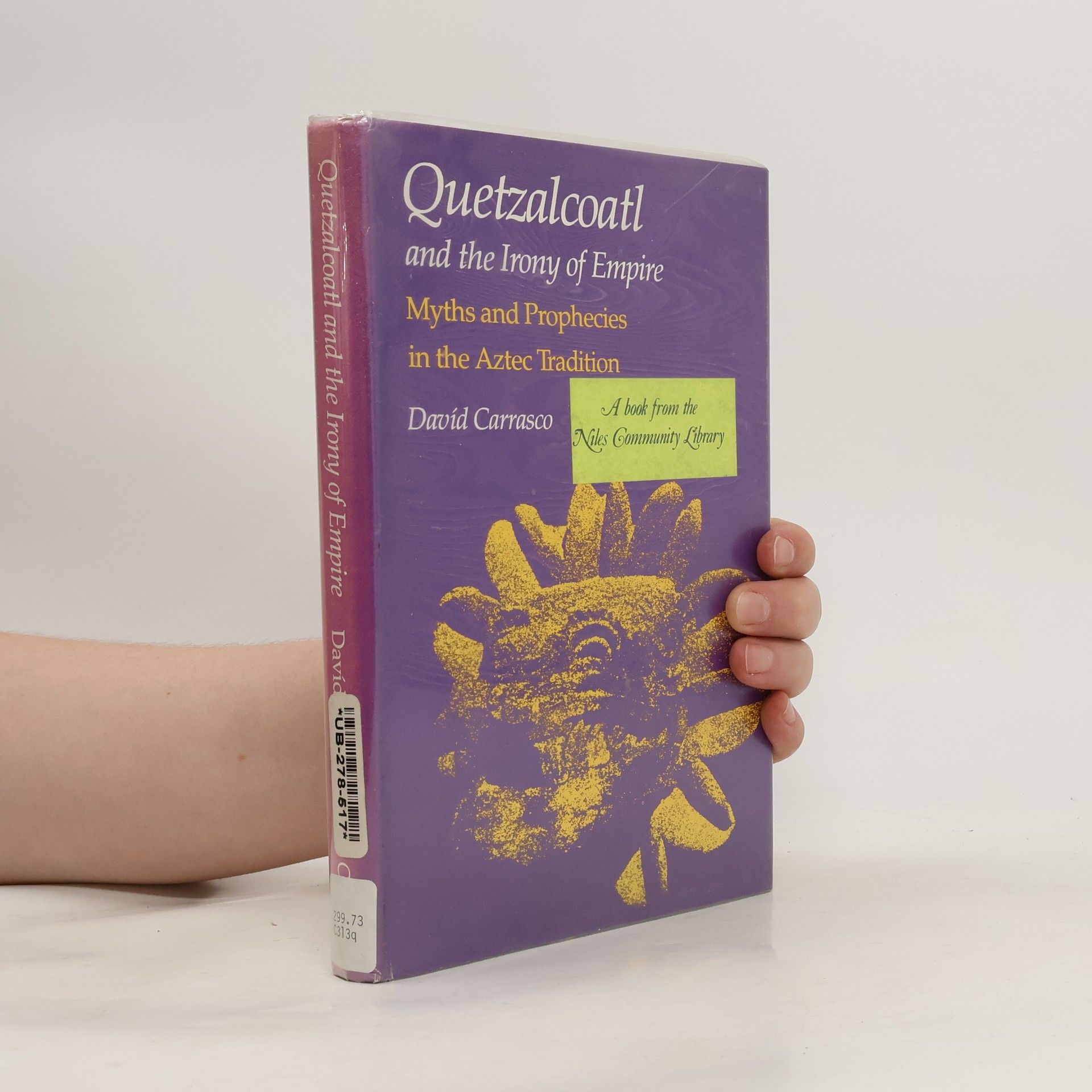Základní předností práce profesora religionistiky na univerzitě v coloradském Boulderu je schopnost vidět náboženství a mytologické projevy i texty nativní Mezoameriky v širších souvislostech společenských, rituálních, ekologických, ale i astronomických a synkretických; jádrem těchto souvislostí je stálý důraz na možné korelace obřadních center, okruhů a náboženského života. Naše znalosti starých mezoamerických náboženství a mytologií jsou na mnohem nižším stupni, než je tomu v případě Mezopotámie, Egypta či Řecka. Zdá se však, že se situace začíná měnit: Mayologové doznali značných úspěchů v dešifraci epigrafických materiálů právě klasického období, jež jim otevřely cesty k poznání dynastických dějin mayského kulturního areálu.
David Carrasco Reihenfolge der Bücher
David L. Carrasco ist eine führende Gelehrte auf dem Gebiet der Religions- und Anthropologiestudien mit besonderem Schwerpunkt auf mesoamerikanischen Kulturen. Seine umfangreichen Arbeiten, insbesondere über die Azteken, bieten tiefe Einblicke in ihre komplexen religiösen und kulturellen Systeme. Carrasco verbindet historische Analyse mit anthropologischem Verständnis, um das spirituelle Leben und die kosmischen Visionen antiker Zivilisationen zu beleuchten. Sein Ansatz enthüllt universelle menschliche Sinnsuche im einzigartigen Kontext der mesoamerikanischen Welt.




- 1999
- 1998
Náboženství Mezoameriky
- 234 Seiten
- 9 Lesestunden
- 1982
Quetzalcoatl and the Irony of Empire
Myths and Prophecies in the Aztec Tradition
Davíd Carrasco draws from the perspectives of the history of religions, anthropology, and urban ecology to explore the nature of the complex symbolic form of Quetzalcoatl in the organization, legitimation, and subversion of a large segment of the Mexican urban tradition. His new Preface addresses this tradition in the light of the Columbian quincentennial. "This book, rich in ideas, constituting a novel approach . . . represents a stimulating and provocative contribution to Mesoamerican studies. . . . Recommended to all serious students of the New World's most advanced indigenous civilization."—H. B. Nicholson, Man